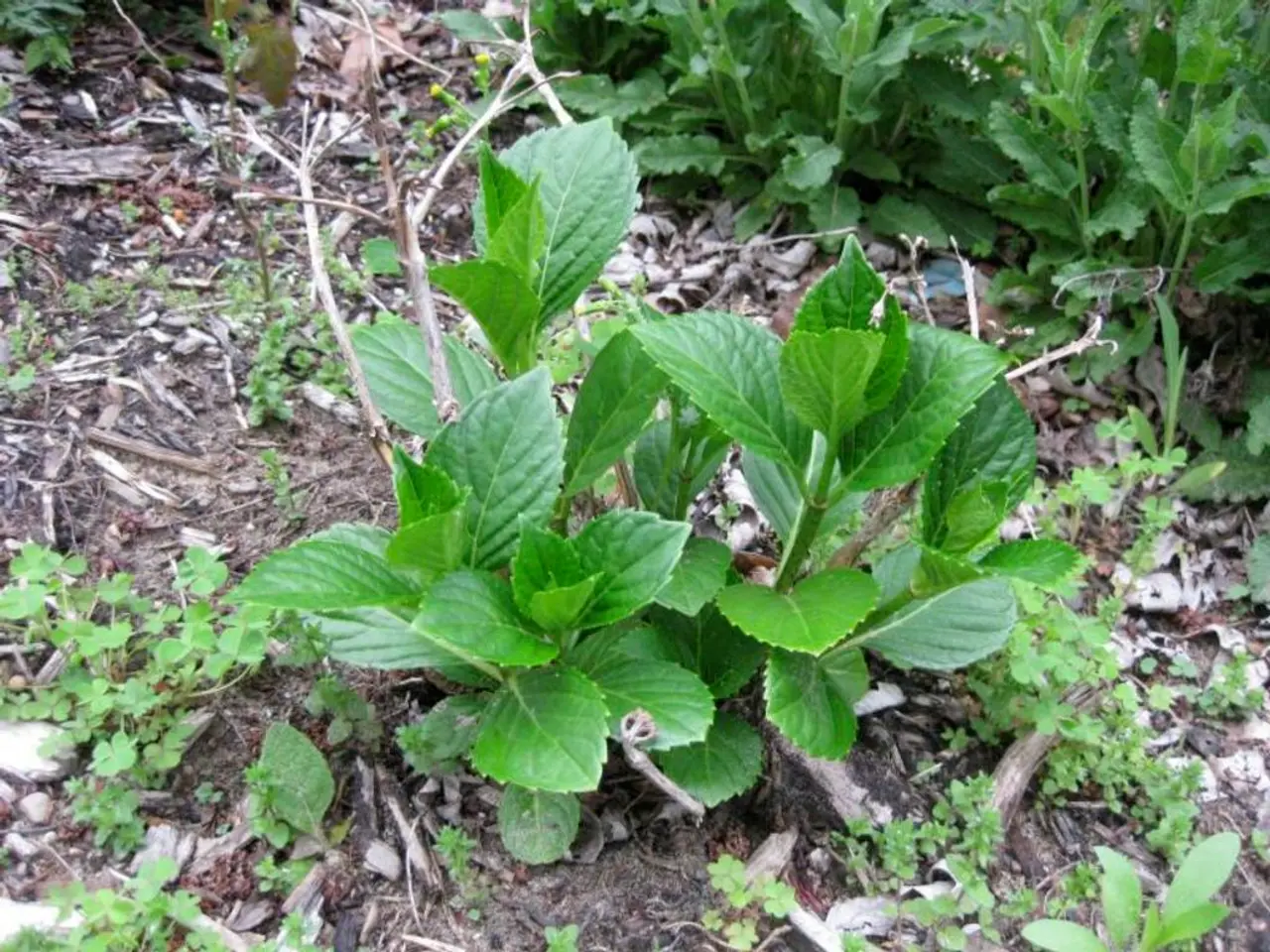Delving into the Horticultural Sanctuary at Buckfast Abbey: An Examination of its Botanical Wonders
Buckfast Abbey's Medicinal Garden: A Window into Monastic Healing Practices
The Physic Garden at Buckfast Abbey, nestled within the picturesque grounds of the Devonshire monastery, offers a captivating glimpse into the rich history of monastic medicine and herbalism. This meticulously curated space showcases a range of plants that played a crucial role in the lives of the monks and the local community, long before the advent of modern medicine.
Historically, physic gardens (or herb gardens) at monasteries were cultivated to grow plants used for medicinal purposes. The Physic Garden at Buckfast Abbey is no exception, reflecting the knowledge of herbal remedies that monks preserved and practiced. These plants were used to tend to the health of monks and local communities, and the garden today continues this tradition.
One such plant is T. vulgare, or common tansy, which has been found to have repellent and antifeedant effects on various insects, including flies. Its essential oil, rich in thujone, borneol, and camphor, has been effective at repelling both larvae and adults of the Colorado potato beetle. In the past, tansy was historically used as an insect repellent.
Another plant of interest is Foeniculum vulgare, or fennel. This herb was used to alleviate hunger and aid digestion. Comfrey, or Symphytum officinale, was a staple for healing wounds, bruises, and even suspected bone fractures.
The garden also features Salvia officinalis, or sage, which was believed to promote longevity and aid digestion. Salvia rosmarinus, or rosemary, was believed to improve memory and aid digestion. Lavandula angustifolia, or lavender, was essential for scenting linen, used in washing, and for its antiseptic properties.
However, not all plants in the Physic Garden are safe. For instance, Colchicum autumnale, or Autumn Crocus, contains colchicine, a highly toxic alkaloid, often mistaken for edible wild garlic leaves. Similarly, Helleborus niger, or hellebore, is highly toxic and can cause severe gastrointestinal distress and heart problems if ingested. Monkshood, or Aconitum napellus, is one of the most poisonous plants found in UK gardens, historically used as an arrow poison, and all parts are highly toxic.
The garden is thoughtfully laid out in distinct sections, allowing visitors to explore the fascinating world of monastic herbalism. The Medicinal Plants section features plants that formed the core of the monks' "pharmacy." The Culinary Herbs section highlights plants that supplied the essential ingredients for the refectory. The Household Plants section unveils plants that served practical domestic purposes, demonstrating the ingenuity of historical self-reliance.
The Physic Garden at Buckfast Abbey is more than just a collection of plants. It is a testament to the enduring tradition of monastic herbal medicine, illustrating the historical and cultural importance of medicinal plants in monastic communities. It offers insight into how monks contributed to health and healing through nature, preserving ancient herbal knowledge, educating visitors about medieval monastic life and health practices, and enhancing the Abbey’s tranquil and spiritual environment.
Visitors to the Physic Garden can reflect on the monastic traditions and the living heritage of the monks who inhabited the site for centuries, continuing their spiritual and practical legacies with medicinal plant cultivation. The garden serves as a reminder of the close relationship between humans and nature, and the importance of preserving our historical and cultural connections to the plants that have sustained us for centuries.
The Physic Garden at Buckfast Abbey extends its scope beyond mere horticulture, encompassing science, health-and-wellness, lifestyle, and home-and-garden categories. Throughout the different sections, it showcases various plants with medicinal, culinary, and household uses, reflecting the monks' knowledge and practices in these areas.
In addition to providing a historical window into monastic healing practices, the Physic Garden at Buckfast Abbey also delves into the realm of fashion-and-beauty, with plants like Salvia officinalis (sage) and Lavandula angustifolia (lavender) being used for scents and antiseptic purposes.








